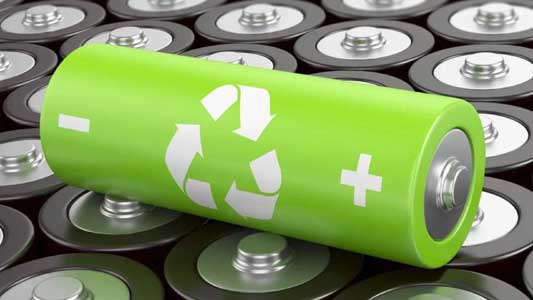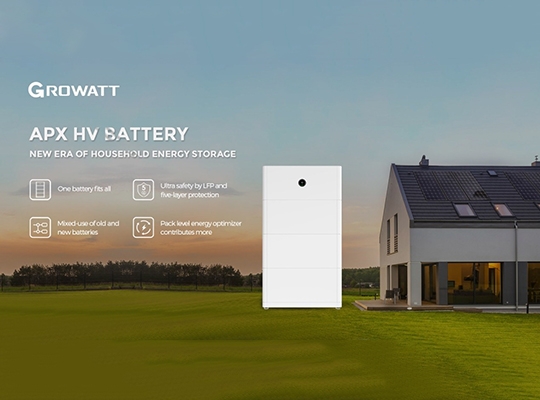The global lithium-ion battery recycling market is forecast to reach USD 17.21 Billion by 2027, according to a new report by Reports and Data. Raw materials used to manufacture lithium-ion battery are limited, whereas the demand is sky high from different end-users such as automotive, power, and consumer electronics, among others. Furthermore, the materials used in the batteries are hazardous to the environment. Reusing the utilized materials in the lithium-ion battery further helps in the preservation of resources; hence, the market for lithium-ion battery recycling is gaining popularity throughout the world.
The market for lithium-ion battery recycling is influenced by the rising demand for electric as well as hybrid electric vehicles where lithium-ion batteries are used extensively. Adoption of these vehicles results in a price hike of battery materials such as cobalt and lithium, hence making the recycling of lithium-ion battery industries more profitable.
The above-mentioned factors collectively create opportunities for market growth while factors such as safety issues while storage and transportation of spent batteries pose limitations in the market. However, each factor would have a definite impact on the market during the forecast period. Consistent advancements in the lithium-ion battery recycling market owing to innovative efforts have enhanced the efficiency of recycling process.
The Asia Pacific is a key region for the lithium-ion battery recycling market and is forecasted to grow at a very fast rate during the forecast period. Established lithium-ion battery manufacturers in the region, especially in China and the government regulations in which the manufacturers are responsible for setting up facilities to collect and recycle spent batteries are likely to fuel the market for lithium-ion battery recycling in the region.
Further key findings from the report suggest
- Lithium Iron Phosphate (LFP) battery type is forecasted to grow with the highest CAGR of 27.2% during the forecast period. These batteries have a high demand in high power devices, including the transportation of electric vehicles and lightweight marine batteries hence driving the market for lithium-ion battery recycling.
- Hydrometallurgical process segment held the largest share of 42.1% in 2019. This process is considered the most suitable process for the recycling of spent lithium-ion batteries due to low capital cost and more environment-friendly nature than pyrometallurgy process.
- Automotive segment held the largest market share of 39.3% in the year 2019. Lithium-ion batteries have a significant demand in electric automobiles because of high power density and compact size. This factor is expected to keep the recycling industry growing at a brisk rate.
- The Asia Pacific region is forecasted to grow with the highest CAGR of 26.9% during the forecast period. This is due to the adoption of electric vehicles and smart vehicles, especially in China, India & Japan. The environmental concern among the governments regarding the toxicity of the lithium-ion battery is significantly fueling the lithium-ion battery recycling market.
- Key Participants Umicore, Glencore, Retriev Technologies, Raw Materials Company, American Zinc Recycling (INMETCO), Battery Recycling Made Easy, Brunp Recycling, SungEel HiTech, Taisen Recycling, and 4R Energy Corp among others.
Battery Type Outlook (Volume, Kilo Tons; Revenue, USD Billion; 2017-2027)
- Lithium-Nickel Manganese Cobalt (Li-NMC)
- Lithium Iron Phosphate (LFP)
- Lithium-Manganese Oxide (LMO)
- Lithium-Titanate Oxide (LTO)
- Lithium-Nickel Cobalt Aluminum Oxide (NCA)
- Lithium-Cobalt Oxide (LCO)
Technology Outlook (Volume, Kilo Tons; Revenue, USD Billion; 2017-2027)
- Hydrometallurgical Process
- Pyrometallurgy Process
- Mechanical Process
End-use Industries Outlook (Volume, Kilo Tons; Revenue, USD Billion; 2017-2027)
- Automotive
- Marine
- Power
- Industrial
- Others
For more information, get free sample here: https://www.reportsanddata.com/download-free-sample/2033












